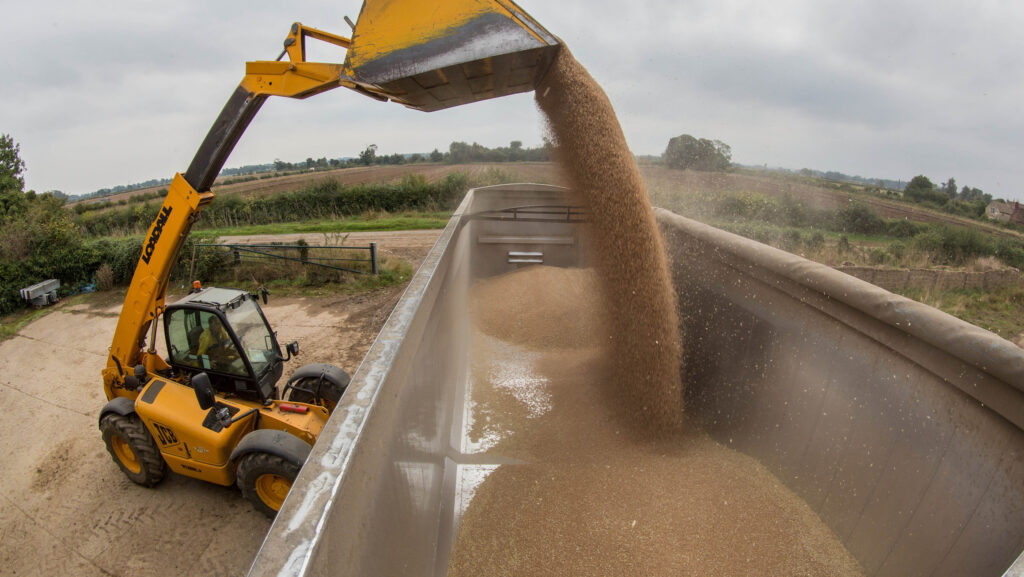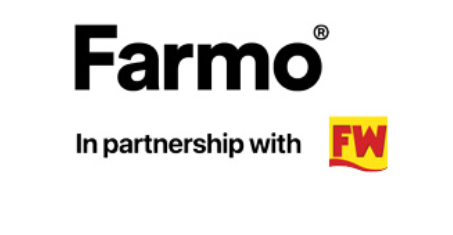‘Game-changer’ Group 3 wheat offers high yields and premium
 © Tim Scrivener
© Tim Scrivener Now in its second year on the AHDB Recommended List, winter wheat variety Bamford has breathed new life into what was previously a dwindling Group 3 biscuit wheat sector.
For Lincolnshire grower Alex Jasinski, the decision to trial the variety from Elsoms Seeds last season was a game-changer.
Traditionally a Group 4 grower, when Alex saw Bamford come to the market he thought it seemed a promising option and trialled 25ha last year, destined for seed.
See also: Cereals 2025: New royalty collection fee for Group 4 winter wheat
Results surpassed expectations. “It was the best crop on the farm,” recalls Alex. “It yielded 11.6t/ha, and it looked outstanding.”
The trial convinced him to triple the area of Bamford this year, with 75ha soon to be harvested.
The variety boasts the highest yielding UK soft wheat on the 2024-25 Recommended List (RL), yielding 106%.
“We are growing 55ha of first wheat and 20ha of second. Bamford is high-yielding and gives us the option to hit a quality premium.
“That’s why we’re sticking with it going forwards,” he says.
While this year’s crops are not showing as much potential as last year due to the drought, Alex would be extremely happy to hit 9t/ha, as well as the biscuit premium.
Alex farms 400ha near Grantham across a mix of soil types including limestone brash and heavy clays. The crop was drilled early on 12 September and was struck by the lack of rain at key growth stages.
“The second wheats are looking poor on some fairly drought-prone land, but that’s the season not the variety. The crop just didn’t get the rain when it needed.
“If it did 9t/ha, we would be really pleased,” says Alex.
Clean crops
“Last year, the crop was extremely clean. We opted for a four-spray approach. This season crops are looking clean as expected with Bamford, possibly due to the lack of rain,” he says.
Bamford also seems to have not suffered from the new race of yellow rust like other varieties, which has over-come the Yr15 resistance gene.
While a four-spray fungicide programme was deployed this season, the dry weather allowed for a more cost-effective strategy.
Fungicide spend was cut by two-thirds this season, opting for less expensive chemistry.
Like many cereal farmers, Alex places a high importance on crop nutrition. Each pass includes foliar micronutrients, amino acids, and molasses.
First wheats received 240kg N/ha – and while second wheats usually receive a higher dose, this year their limited yield potential prompted a lower rate.
Alex expects wheat harvest to be just two weeks away and predicts his harvest to be wrapped up by the middle of August, if conditions stay as they are.
Expert verdict: Bamford in the spotlight
Niab cereals variety specialist Clare Leaman has been following Bamford’s progress closely since early National List (NL) trials.
“It’s not an exaggeration to say that Bamford has revitalised the Group 3 sector and has made the variety decision for many growers who had moved to hard Group 4 feeds a much more difficult one, than previous years.
“To see a Group 3 of Bamford’s overall quality is very welcome, and something we haven’t seen for some time.
“On agronomics, it has a high, competitive untreated yield so it’s absolutely up there offering growers a good specific weight and a solid overall disease resistance profile,” she adds.
Hutchinsons head of seed David Bouch first saw Bamford in NL trials in 2022.
“We thought Bamford might rescue the declining Group 3 sector—and that’s exactly what it’s done.
“Yields are as good as any Group 4, and its resistance profile is robust, especially to septoria and brown rust.”
He notes Bamford’s key strength in eyespot resistance, thanks to the Pch1 rendezvous gene, making it an attractive option for second and even third wheat positions.

